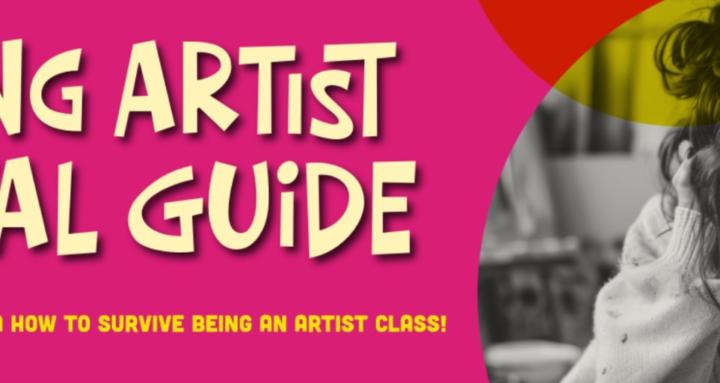
Write something
Making Art Outta Thin Air (and Trash Cans)
Hey, fellow starving artists! Let's be honest. The "starving" part of our title isn't a romantic aesthetic—it's usually just a lack of money for canvas, decent paint, and, you know, food. But here's the secret sauce: a true artist's biggest resource isn't their bank account; it's their sheer audacity and ability to see value where others see trash. Forget expensive art supply stores. We're going rogue. We're getting scrappy. We're going to create pieces so compelling, people will gladly pay you for your ingenuity. Here are three battle-tested strategies to create sellable art for approximately $0.00. 1. The Dumpster Dive Deluxe (A.K.A. Found Object Art) Forget the Louvre; your new supply store is the sidewalk and the big green bins behind local businesses. This isn't just about saving money; it’s about creating narrative. Every rusted screw, shattered piece of tile, or discarded length of wire has a story. • The Mission: Embrace the aesthetic of scarcity. Scour construction sites (safely, of course!), alleyways, and bulk-trash days. Look for texture, shape, and contrast. Think beyond the object's original function. • The Art: Assemble your bounty into incredible found-object sculptures or mixed-media collages. You're essentially being a historian of urban debris. People love art with a history, especially one they can easily relate to. • The Secret Sauce: A little cheap superglue or construction adhesive is your friend here. If you can't afford that, sometimes a very heavy-duty thread or thin wire works just as well for assemblage! 2. The Thrift Store Flip (The Art of the Takeover) You know that terrible landscape painting with the sad, dusty boat that’s been sitting at the thrift store for three years? Or that faded floral canvas your neighbor put out with a "FREE" sign? That's not just a canvas; that's your primed surface, already stretched and waiting. • The Mission: Acquire old, unwanted art for free. Check neighborhood marketplaces (like Facebook groups or Nextdoor) where people often give away items that are just too bulky to toss. Swing by the curb on trash day.
0
0
My Lowest Point: The Day I Almost Quit Ar
Hi everyone, and welcome to the Starving Artist Survival Guide community! I’m so incredibly excited to have you here. I know why you joined. You’re brilliant, you’re talented, and you’ve put in the hours, but you’re tired of the financial guesswork. I've been there. My personal lowest point was having my electricity cut off and a grand total of three dollars to my name. Despite having produced and given away three paintings in less than a month. It was exhausting and it nearly made me quit. That’s why I created this class. We aren't here to talk about color theory; we're here to talk about paying rent, consistent clients, and building a sustainable, full-time career. In this community, we will be tackling the real stuff: • 💰 Pricing Systems that guarantee profit. • ⏰ Time Management hacks for commission work. • 💼 Non-Art Skills that immediately lead to paid work. I want this to be the honest, practical, and direct space I wish I had 10 years ago. 🙏 Your Turn: To kick things off, introduce yourself and tell me: What is the single most frustrating business or financial part of being an artist for you right now? Let's make sure the phrase "starving artist" becomes an outdated myth. — David Bradley
0
0
1-2 of 2

skool.com/artist-survival-guide
Lessons on how to survive being a working artist. It’s not easy setting out to be a working artist I’m here to share knowledge and experience.
Powered by
